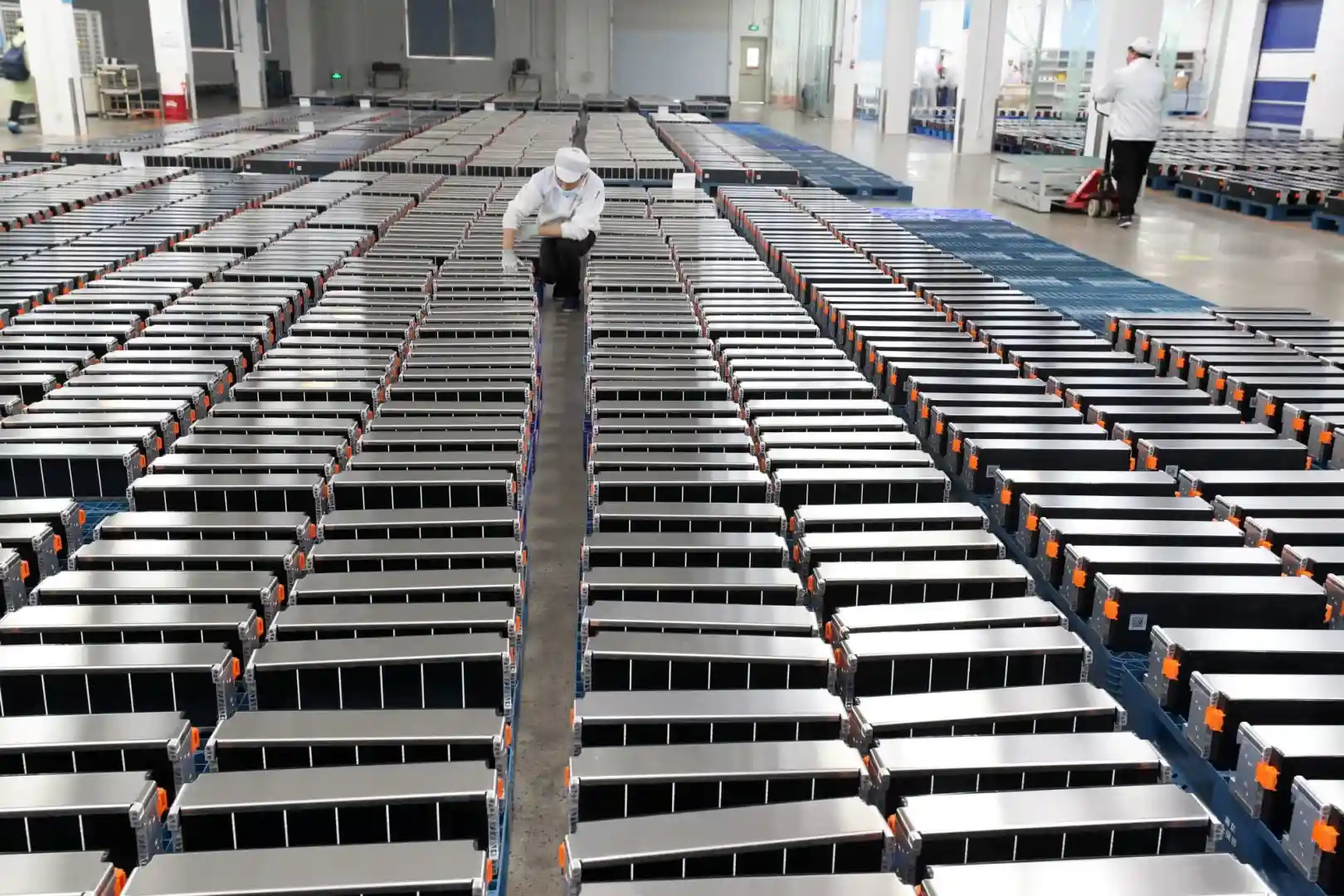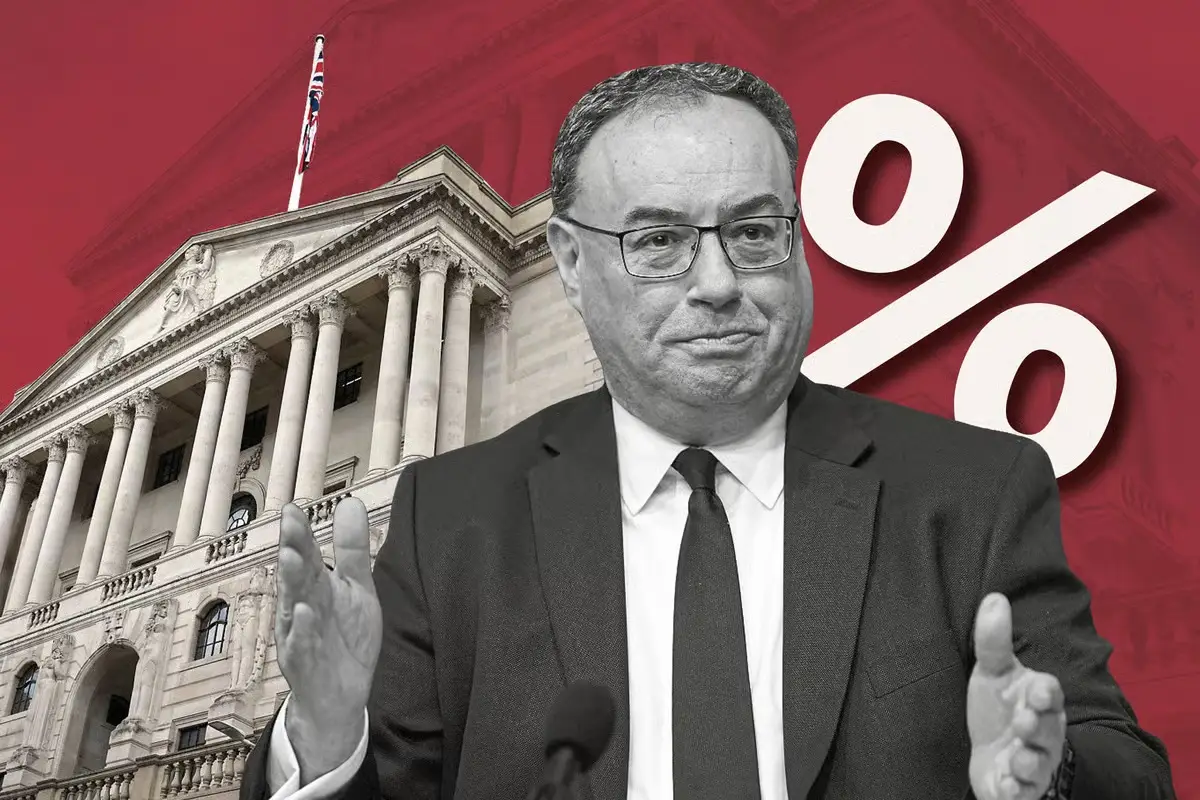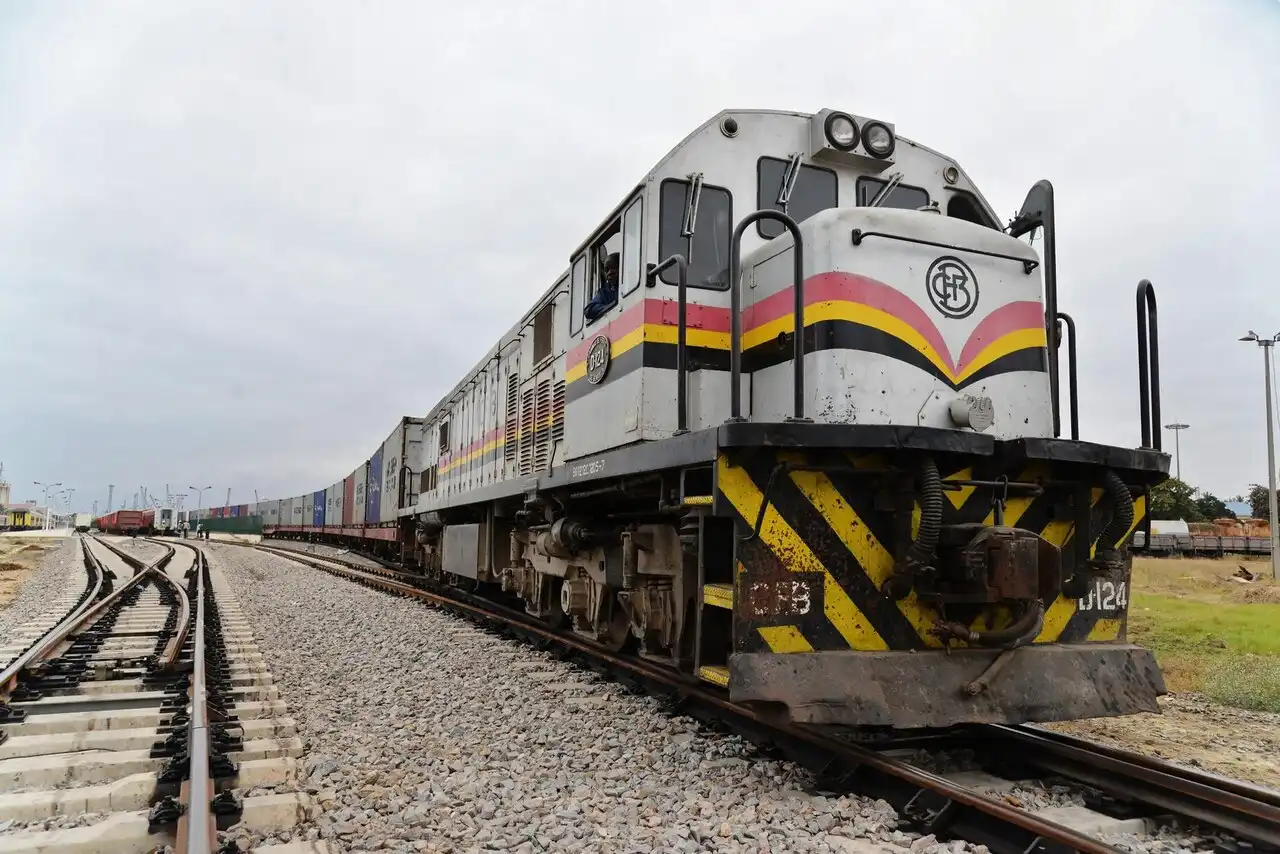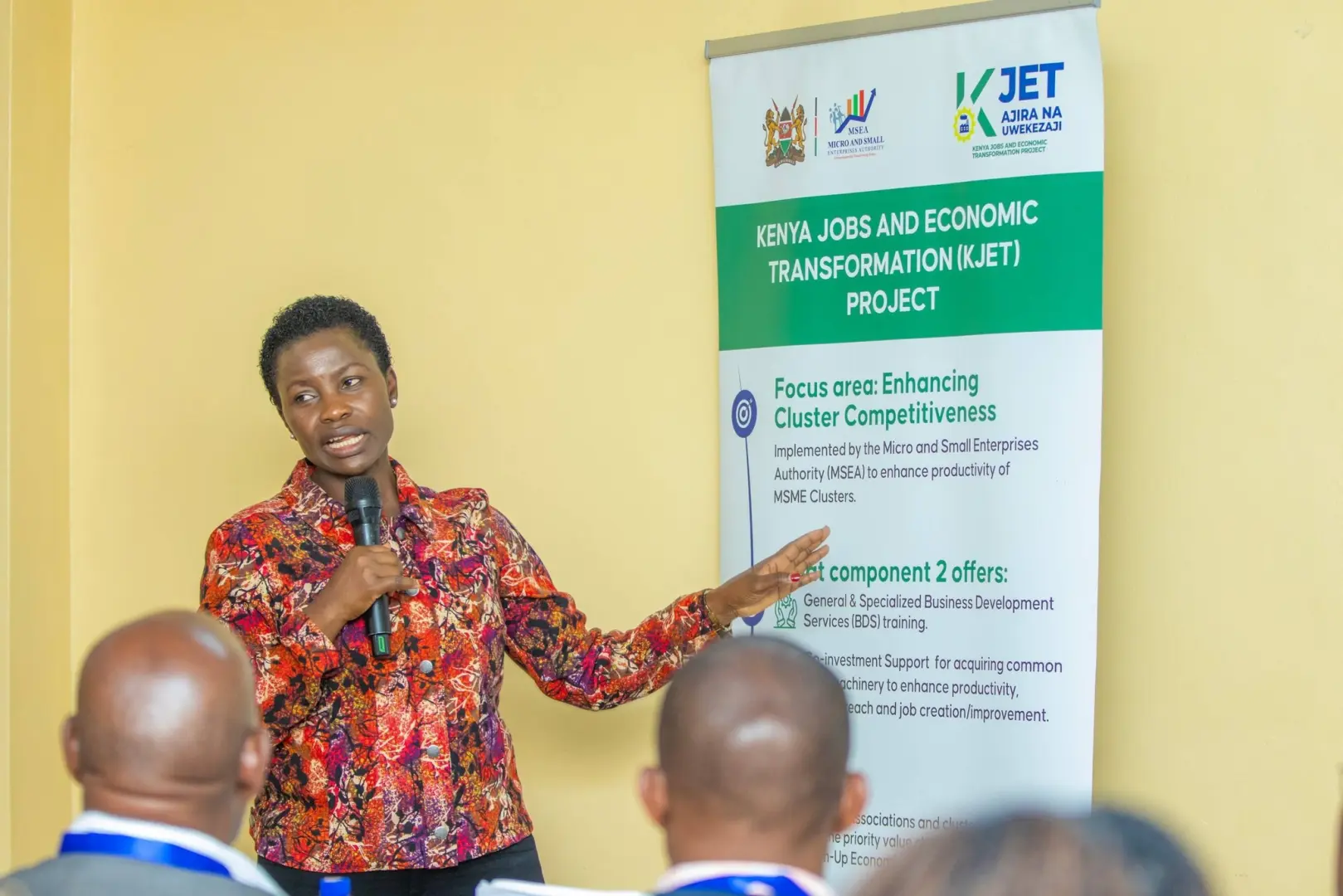Morocco is making history as the host of Africa’s first battery gigafactory, following a landmark $5.6 billion investment from China’s Gotion High-Tech. This groundbreaking project positions the North African kingdom at the heart of the global clean energy race, transforming Morocco into a key supplier of batteries for electric vehicles and renewable energy storage systems.
The facility, strategically located in Kenitra, northwest Morocco, represents far more than an industrial investment – it’s a testament to Morocco’s emergence as a critical bridge between continents in the fast-evolving green economy. With China’s African investments reaching unprecedented levels and Morocco’s automotive sector already topping $15.7 billion in exports, this partnership arrives at a pivotal moment for both nations and the continent as a whole.
Build the future you deserve. Get started with our top-tier Online courses: ACCA, HESI A2, ATI TEAS 7, HESI EXIT, NCLEX-RN, NCLEX-PN, and Financial Literacy. Let Serrari Ed guide your path to success. Enroll today.
Strategic Location Drives Industrial Transformation
The timing of this investment reflects Morocco’s calculated positioning in global supply chains. Located just 14 kilometres from Spain, Morocco provides a natural gateway to European markets, where demand for electric vehicle batteries is surging ahead of the EU’s 2035 ban on new fossil fuel vehicles.
According to Khalid Qalam, Gotion’s Moroccan director, construction will begin imminently, with earthworks already completed and production scheduled to commence in the third quarter of 2026. The facility’s initial capacity of 20 gigawatt-hours (GWh) annually will be sufficient to power hundreds of thousands of electric vehicles, with plans to scale operations to an impressive 100 GWh over time.
This vertical integration approach sets the project apart from typical assembly operations. Unlike many plants that rely on imported components, the Kenitra facility will produce critical electrode materials including cathodes and anodes. This comprehensive manufacturing capability reduces Morocco’s dependence on foreign supply chains while strengthening regional supply security, providing a competitive advantage that few other regions can match.
Morocco’s Automotive Success Story Provides Foundation
The battery gigafactory builds upon Morocco’s remarkable automotive sector transformation. The kingdom’s automotive industry has maintained its position as the country’s leading export sector, with overseas sales rising 6.3% to MAD 157.6 billion ($15.7 billion) in 2024. This achievement represents Morocco’s emergence as Africa’s leading automotive exporter, surpassing traditional powerhouses including China, Japan, and India as the EU’s top automotive supplier.
Morocco’s vehicle production reached 535,825 units by the end of 2023, with nearly 80% destined for export markets. Major manufacturers including Renault and Stellantis have established significant operations in the kingdom, creating an established industrial ecosystem that provides the ideal foundation for battery manufacturing expansion.
The automotive sector’s success demonstrates Morocco’s ability to integrate into global supply chains while developing local industrial capabilities. Passenger cars now represent 14.9% of Morocco’s total exports, followed closely by automotive parts and components at 3.7%, establishing a comprehensive automotive value chain that the battery project will significantly enhance.
China’s Evolving African Investment Strategy
The Morocco battery project exemplifies China’s evolving approach to African investment, shifting from traditional infrastructure projects toward high-tech manufacturing and clean energy initiatives. Chinese FDI in Sub-Saharan Africa reached an all-time high of $15.2 billion in 2024, representing 16.5% of newly announced investments.
This investment wave reflects China’s strategic positioning in Africa’s energy transition. Between 2010 and 2021, Chinese financial institutions provided approximately $18 billion annually in global energy lending, with nearly one-third directed to African economies. The Morocco project represents a significant evolution from earlier coal and hydropower investments toward renewable energy and battery technology.
Gotion High-Tech is not operating in isolation. Other Chinese companies including BTR, CNGR, Hailiang, and Shinzoom are simultaneously investing heavily in Morocco’s battery materials sector, creating a comprehensive ecosystem for green technology manufacturing. This coordinated investment approach positions Morocco as North Africa’s definitive hub for clean energy manufacturing.
Economic Impact and Job Creation
The economic implications of the gigafactory extend far beyond its impressive $5.6 billion price tag. The first phase alone involves $1.3 billion in investment and is projected to create 17,000 jobs directly and indirectly. As the project expands through its five planned development phases, total employment could reach 10,000 direct positions, with thousands more indirect opportunities across the supply chain.
Initial operations will create 2,300 jobs immediately, while the facility will serve European automakers and Morocco’s domestic automotive hubs. The project will also target energy storage markets in Africa and the Middle East, regions ideally suited for renewable energy development with approximately 300 days of sunshine annually.
For Morocco, this represents a strategic opportunity to diversify beyond traditional industries like agriculture and textiles, moving decisively into high-tech manufacturing. The vertical integration approach – producing both batteries and their critical components – positions Morocco as a comprehensive supplier rather than merely an assembly location.
Fuel your success with knowledge that matters. Enroll in our Online programs: ACCA, HESI A2, ATI TEAS 7, HESI EXIT, NCLEX-RN, NCLEX-PN, and Financial Literacy. Join Serrari Ed now and take control of your future.
Continental and Global Implications
The Morocco-China partnership carries significance extending far beyond national boundaries. By anchoring Africa’s first battery gigafactory, Morocco is establishing a precedent for how the continent can transition from primarily supplying raw materials to becoming a value-added manufacturer in the clean energy economy.
Africa’s mineral wealth includes substantial deposits of copper, lithium, cobalt, manganese, and rare earth metals – all essential ingredients for electric vehicle batteries and renewable technologies. If the Morocco model is replicated in countries like the Democratic Republic of Congo (cobalt), Zambia (copper), and Zimbabwe (lithium), the continent could capture significantly greater value from its natural resources.
The project also addresses Africa’s massive energy access challenge, with 600 million people – roughly 43% of the continent’s population – still lacking reliable electricity access. Battery manufacturing capabilities could support renewable energy storage solutions across the continent, accelerating electrification efforts.
Market Positioning and Export Strategy
Approximately 85% of the gigafactory’s output will be exported to the European Union, providing the bloc with a strategic alternative to Asian supply routes that have traditionally dominated battery manufacturing. This positioning offers Europe enhanced supply chain security while supporting its ambitious decarbonization targets.
The facility will leverage Morocco’s existing trade relationships and geographic advantages. Morocco’s proximity to Europe, established logistics infrastructure, and preferential trade agreements create an ideal export platform. The kingdom’s demonstrated ability to integrate with European supply chains, evidenced by its automotive sector success, provides confidence in the battery project’s commercial viability.
Beyond Europe, the facility will target Africa’s emerging electric vehicle market, where Chinese EV manufacturers are rapidly expanding operations. Electric car sales in Africa more than doubled in 2024, reaching approximately 11,000 units, though they still represent less than 1% of the continent’s total vehicle market, indicating substantial growth potential.
Sustainability and Environmental Considerations
The gigafactory project aligns with broader environmental objectives across multiple dimensions. Morocco’s commitment to renewable energy development provides a sustainable power source for battery manufacturing, while the facility’s output will support global electrification efforts and carbon emissions reduction.
The project addresses China’s commitment to cleaner overseas investments, following President Xi Jinping’s 2021 pledge to cease funding new coal-fired power plants overseas. The battery project represents the type of clean technology investment that characterizes China’s evolved approach to African development cooperation.
Morocco’s abundant renewable energy potential – with substantial solar and wind resources – positions the battery manufacturing facility to operate with minimal carbon footprint. This sustainable approach could establish a template for similar projects across the continent, demonstrating how industrial development can align with environmental objectives.
Challenges and Risk Considerations
While the project offers substantial opportunities, it also presents challenges requiring careful management. Some experts express concerns about potential debt dependencies and the concentration of Chinese influence in critical industries. Morocco’s government will need to ensure that the partnership delivers genuine technology transfer and local capacity building rather than merely creating assembly operations.
The project’s success will depend on Morocco’s ability to develop local technical expertise and supplier networks. Building a sustainable industrial ecosystem requires more than foreign investment – it demands educational institution development, skills training programs, and policies that encourage local participation in emerging industries.
Market volatility in the global battery sector poses another consideration. While demand projections remain strong, technological developments, raw material price fluctuations, and shifting government policies could impact project economics. Morocco’s diversified approach – targeting multiple markets and applications – helps mitigate these risks.
Future Implications and Expansion Potential
The Morocco battery gigafactory represents the beginning rather than the culmination of Africa’s clean energy manufacturing transformation. Success in Morocco could inspire similar projects across the continent, particularly in countries with abundant mineral resources and favorable investment climates.
The project’s vertical integration model – producing both batteries and critical components – could be replicated and expanded. Future developments might include lithium processing facilities, cathode material production, and battery recycling capabilities, creating a comprehensive clean energy manufacturing ecosystem.
Regional integration through initiatives like the African Continental Free Trade Area (AfCFTA) could further enhance the project’s impact. Imagine vehicles assembled in Morocco using components manufactured across Africa and exported tariff-free continent-wide. Such integration would reduce costs, build intra-African trade, and decrease reliance on volatile overseas markets.
Looking Ahead: A New Model for African Development
As the world accelerates toward cleaner energy and transport systems, Morocco’s battery gigafactory may well become a blueprint for African nations determined to transform natural resource wealth into sustainable, long-term prosperity. The project demonstrates how strategic international partnerships can create jobs, facilitate technology transfer, and secure stronger positions in global industries of the future.
The success of this initiative could inspire a new development model across Africa, where countries move beyond commodity exports toward value-added manufacturing. With proper execution, Morocco’s gigafactory could mark the beginning of Africa’s emergence as a major player in the global clean energy economy, offering a path toward sustainable industrialization that benefits both the continent and its international partners.
For Morocco, the project represents both economic opportunity and geopolitical positioning. By aligning with China while strengthening ties with the European Union, the kingdom is establishing itself as a bridge between Africa, Asia, and Europe in the rapidly growing green economy. This strategic positioning could prove transformative for Morocco’s long-term economic development and regional influence.
The gigafactory’s impact will extend far beyond battery production, potentially catalyzing broader industrial development and positioning Morocco as Africa’s clean energy manufacturing hub. As construction advances and production begins, the project will serve as a crucial test case for similar initiatives across the continent, offering lessons and insights for Africa’s clean energy future.
Ready to take your career to the next level? Join our Online courses: ACCA, HESI A2, ATI TEAS 7 , HESI EXIT , NCLEX – RN and NCLEX – PN, Financial Literacy!🌟 Dive into a world of opportunities and empower yourself for success. Explore more at Serrari Ed and start your exciting journey today! ✨
Track GDP, Inflation and Central Bank rates for top African markets with Serrari’s comparator tool.
See today’s Treasury bonds and Money market funds movement across financial service providers in Kenya, using Serrari’s comparator tools.
Photo source: Google
By: Montel Kamau
Serrari Financial Analyst
16th September, 2025
Article, Financial and News Disclaimer
The Value of a Financial Advisor
While this article offers valuable insights, it is essential to recognize that personal finance can be highly complex and unique to each individual. A financial advisor provides professional expertise and personalized guidance to help you make well-informed decisions tailored to your specific circumstances and goals.
Beyond offering knowledge, a financial advisor serves as a trusted partner to help you stay disciplined, avoid common pitfalls, and remain focused on your long-term objectives. Their perspective and experience can complement your own efforts, enhancing your financial well-being and ensuring a more confident approach to managing your finances.
Disclaimer: This article is for informational purposes only and does not constitute financial advice. Readers are encouraged to consult a licensed financial advisor to obtain guidance specific to their financial situation.
Article and News Disclaimer
The information provided on www.serrarigroup.com is for general informational purposes only. While we strive to keep the information up to date and accurate, we make no representations or warranties of any kind, express or implied, about the completeness, accuracy, reliability, suitability, or availability with respect to the website or the information, products, services, or related graphics contained on the website for any purpose. Any reliance you place on such information is therefore strictly at your own risk.
www.serrarigroup.com is not responsible for any errors or omissions, or for the results obtained from the use of this information. All information on the website is provided on an as-is basis, with no guarantee of completeness, accuracy, timeliness, or of the results obtained from the use of this information, and without warranty of any kind, express or implied, including but not limited to warranties of performance, merchantability, and fitness for a particular purpose.
In no event will www.serrarigroup.com be liable to you or anyone else for any decision made or action taken in reliance on the information provided on the website or for any consequential, special, or similar damages, even if advised of the possibility of such damages.
The articles, news, and information presented on www.serrarigroup.com reflect the opinions of the respective authors and contributors and do not necessarily represent the views of the website or its management. Any views or opinions expressed are solely those of the individual authors and do not represent the website's views or opinions as a whole.
The content on www.serrarigroup.com may include links to external websites, which are provided for convenience and informational purposes only. We have no control over the nature, content, and availability of those sites. The inclusion of any links does not necessarily imply a recommendation or endorsement of the views expressed within them.
Every effort is made to keep the website up and running smoothly. However, www.serrarigroup.com takes no responsibility for, and will not be liable for, the website being temporarily unavailable due to technical issues beyond our control.
Please note that laws, regulations, and information can change rapidly, and we advise you to conduct further research and seek professional advice when necessary.
By using www.serrarigroup.com, you agree to this disclaimer and its terms. If you do not agree with this disclaimer, please do not use the website.
www.serrarigroup.com, reserves the right to update, modify, or remove any part of this disclaimer without prior notice. It is your responsibility to review this disclaimer periodically for changes.
Serrari Group 2025
















